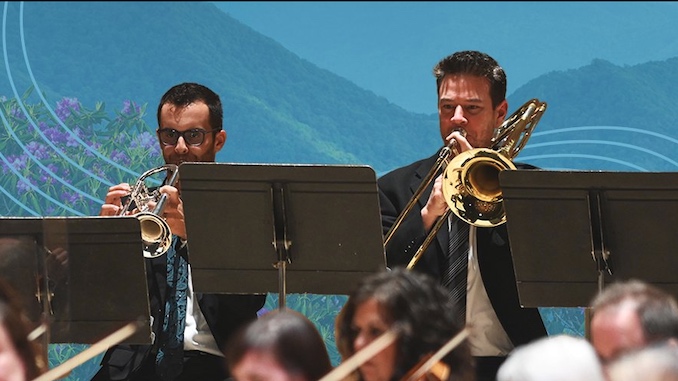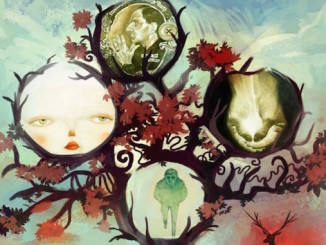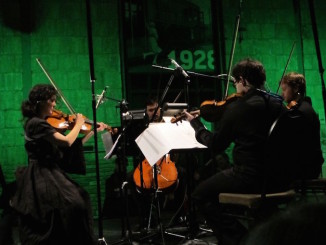Early during the pandemic, the Toronto Symphony Orchestra convened for a series of virtual lockdown performances, recorded and ingeniously edited together from the safety of musicians’ homes. The TSO’s biggest viral hit, a March 2020 rendition of Aaron Copland’s seminal Appalachian Spring, racked up 450k views, prompting website Slipped Disc to pit it in a good-natured competition with the Rotterdam Philharmonic’s lockdown performance of Beethoven’s “Ode to Joy.”
Oh so many months later, the TSO last week put on a “Screen to Stage” performance at Roy Thomson Hall, celebrating not movie music, but Appalachian Spring and other works TSO released to YouTube throughout lockdown. Admirably, there wasn’t a cliché to be found in the program, which was enthusiastically received by an in-person, half-capacity audience.

Following a performance of the Ukrainian national anthem, Screen to Stage kicked off properly with a lively performance of Dvořák’s Slavonic Dance No. 8 (1878). The TSO, under the baton of guest conductor Ryan Bancroft, was in fine and rambunctious form with this final entry in a sequence of dances composed by Dvořák, capitalizing on the then-recent success of Brahms’s Hungarian Dances. Dance No. 8 is quick and exciting, interspersed with moments of stillness, presumably to give any would-be dancers a rest.
The Dance was followed by a Romance – No. 2 for Violin and Orchestra (1798) to be precise – composed by Beethoven at the height of his powers (and not long after he realized he was starting to go deaf). The Romance is a work of real beauty, soft and lyrical, performed with grace by TSO concertmaster Jonathan Crow, accompanied by a smaller ensemble. The Romance‘s initial sweetness gives way to a dramatic quality that would come to mark Beethoven’s “heroic period”, which began in earnest only a few years later.
The first half concluded with Mozart’s Symphony No. 29 (1774), one of the composer’s earliest, and in my view, least exciting symphonies. The opening movement, with its recognizable central theme, is a promising start, but the influence of traditional classical forms on the young Mozart (all of eighteen at the time) holds the symphony back. Mozart is my favourite composer, or top three anyway, but I find that No. 29 lacks the majesty or innovations of his later masterpieces like the “Jupiter” symphony.
After intermission, it was time for Edmonton-born Vivian Fung’s Prayer, a brand new commission. A hodgepodge of Wagner, R. Strauss, and Copland-like elements, it was… actually not bad? The obligatory CanCon of the night, I approached it with no small amount of dread, but Fung has a trained ear and a sense of harmony, which is more than can be said for a lot of contemporary composers. My concert-going companion found it ominous, particularly in the low chords that open and close the Prayer.
Closing out the evening was the deservedly fabled Appalachian Spring (1944), which is so much more than “that one with that Shaker tune”. It’s been a while since I listened to Spring, and I was pleasantly surprised to (re-)encounter a work of ingenuity and sophistication. Not to mention the occasional, and welcome, incongruity, like the dissonant chords that interrupt the quotations from Shaker hymn “Simple Gifts”, thereby preventing Spring from descending into kitsch. Spring originated as a ballet commissioned by famed dancer Martha Graham, though it’s better known today as a popular orchestral suite. Familiarity with its minor narrative thread – a young couple prepares for their wedding in a pioneer village – isn’t necessary for an appreciation of this great work of 20th century classical music. It proved a rousing and satisfying way to close out the evening.
***
Visit the official website for the TSO here.
Watch the TSO’s March 2020 lockdown performance of Copland’s Appalachian Spring here.
And for more lockdown entertainment, check out the Kalamazoo Symphony’s April 2020 performance of Beethoven’s Overture to The Creatures of Prometheus, conducted by Toronto’s own Julian Kuerti, here.



